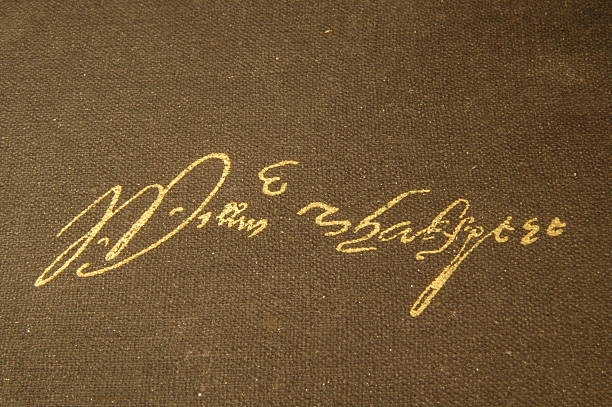What Gentle Heroes in Literature Teach Us (Introduction)
In a loud world full of fast talkers and bold actions, gentle heroes stand out quietly. These characters don’t win by force. Instead, they lead with kindness, emotional strength, and deep values. We meet them in classic literature and modern stories alike. They teach us how quiet courage, empathy, and patience can change lives—both in fiction and in real life. This article explores what we learn from these gentle heroes, how they shape our public behavior, and why they matter more than ever today. Let’s discover why softness in characters is a sign of real strength, not weakness.
Who Are Gentle Heroes in Literature?
Gentle heroes are characters who lead with heart, not muscle. They show strength through kindness, patience, and quiet actions. These heroes don’t need big speeches or battles to prove their worth. Instead, they earn respect through emotional intelligence, moral integrity, and compassion. Think of Samwise Gamgee or Atticus Finch—calm, loyal, and brave in silent ways. Unlike loud or aggressive characters, gentle heroes reflect real inner power. In stories, they teach us that being kind is not being weak. Their quiet strength inspires us to face life with empathy, calm, and understanding.
The Psychology Behind Gentle Heroes
Gentle heroes connect with readers because they speak to our emotional side. They are calm, thoughtful, and often solve problems without violence. Psychology calls this emotional intelligence—the ability to understand and manage feelings. These characters show empathy, patience, and self-control, which makes them relatable. Instead of reacting with anger, they listen, care, and stay true to their values. This teaches us that inner strength matters more than loud actions. In literature, gentle heroes help us reflect on our own behavior and show how emotional maturity leads to better choices, both in fiction and real life.
Timeless Gentle Heroes in Classic and Modern Literature
Some of the most powerful lessons in literature come from gentle heroes across time. Samwise Gamgee in The Lord of the Rings shows loyalty and bravery through service, not force. Atticus Finch in To Kill a Mockingbird stands firm with quiet dignity, showing moral strength in a divided society. In Persuasion, Anne Elliot teaches patience and emotional depth. More recently, Hazel Grace in The Fault in Our Stars reflects kindness and maturity in the face of pain. These characters, old and new, show us how empathy, compassion, and quiet courage remain powerful across generations.
What Gentle Heroes Teach Us About Public Behavior
Gentle heroes lead by example. Through their actions, they show how to treat others with respect, even in hard times. In public settings, these characters remind us that kindness, patience, and emotional control matter. They handle conflict calmly and avoid using power to harm others. Their quiet choices reflect strong values like honesty, fairness, and understanding. These traits shape how readers view right and wrong. As we follow their stories, we learn how to carry these lessons into real life—at work, in school, or in any public place—by acting with empathy and integrity.
Why Gentle Doesn’t Mean Weak: The Power of Soft Strength
Gentle heroes challenge the common belief that strength comes from aggression. In reality, their power lies in their ability to remain calm and composed. Soft strength is about handling difficult situations with grace and wisdom, instead of brute force. These heroes, like Jean Valjean in Les Misérables, use their emotional resilience and moral clarity to navigate challenges. Their quiet strength inspires us to redefine heroism—not as a matter of dominance, but of inner strength. In fiction, gentle heroes show us that the true power lies in vulnerability, empathy, and the courage to make hard choices without violence.
Cultural and Gender Perspectives on Gentleness
Gentle heroes are celebrated differently across cultures and genders. In many societies, softness and gentleness are often associated with femininity. However, literature challenges this stereotype by showcasing male gentle heroes, like Mr. Darcy in Pride and Prejudice, who exhibits emotional depth and quiet strength. Similarly, female gentle protagonists, like Beth March in Little Women, embody compassion and emotional resilience. Across cultures, gentle heroes break traditional molds, showing that gentleness is a universal trait of leadership. By embracing both male and female examples of quiet strength, we see that empathy and kindness are not limited by gender or cultural norms.
How to Write or Recognize Gentle Heroes in New Fiction
Creating a gentle hero requires a delicate balance of strength and softness. Writers can focus on showing their hero’s emotional depth through small actions, like listening more than speaking or choosing empathy over retaliation. It’s essential to build their emotional intelligence—showing their ability to understand and manage their feelings and others’ emotions. Gentle heroes don’t always act on the loudest impulses; instead, they reflect, observe, and respond thoughtfully. For readers, recognizing a gentle hero often comes down to their interactions with others. If they solve problems without aggression and show care in their relationships, you’ve likely encountered a true gentle hero.
Conclusion
Gentle heroes offer timeless lessons that resonate deeply in today’s fast-paced world. They show us that real strength doesn’t come from loud actions or dominance, but from kindness, empathy, and emotional resilience. Whether in classic or modern literature, these heroes redefine what it means to be a leader, teaching us how to navigate the world with compassion and moral clarity. By embracing their quiet strength, we learn that gentleness is not a weakness, but a powerful tool for creating positive change. As we encounter these characters, we’re reminded to carry their values into our own lives, shaping a more understanding and empathetic world.





